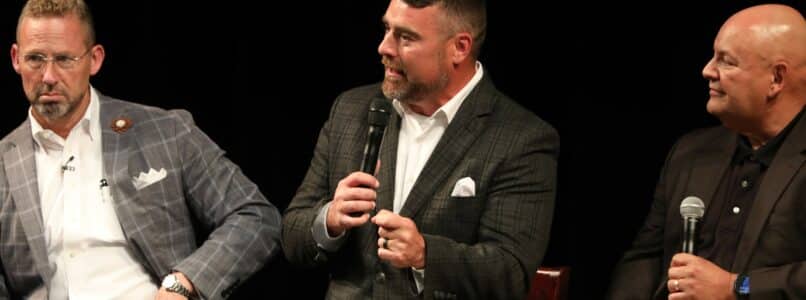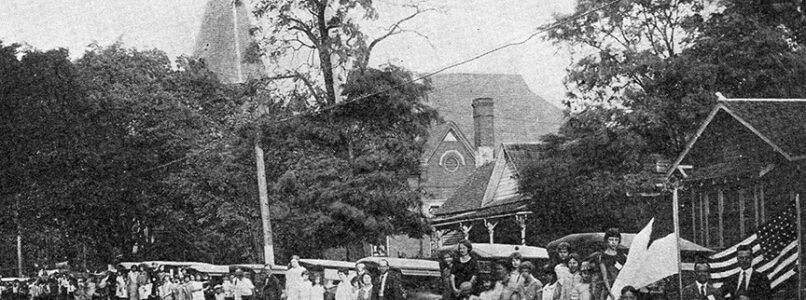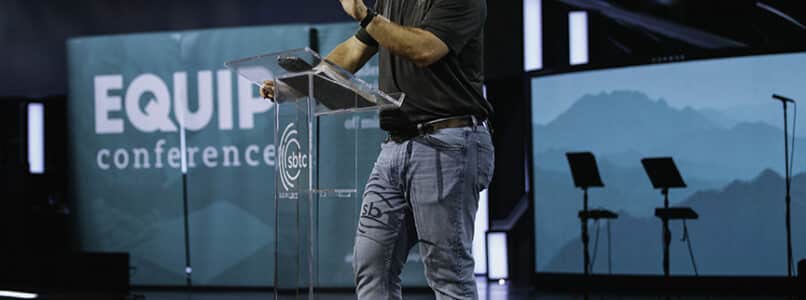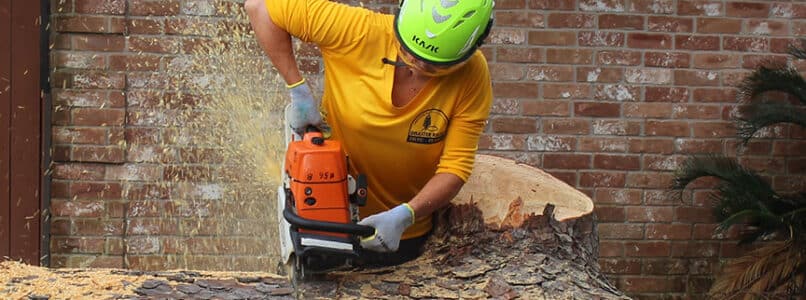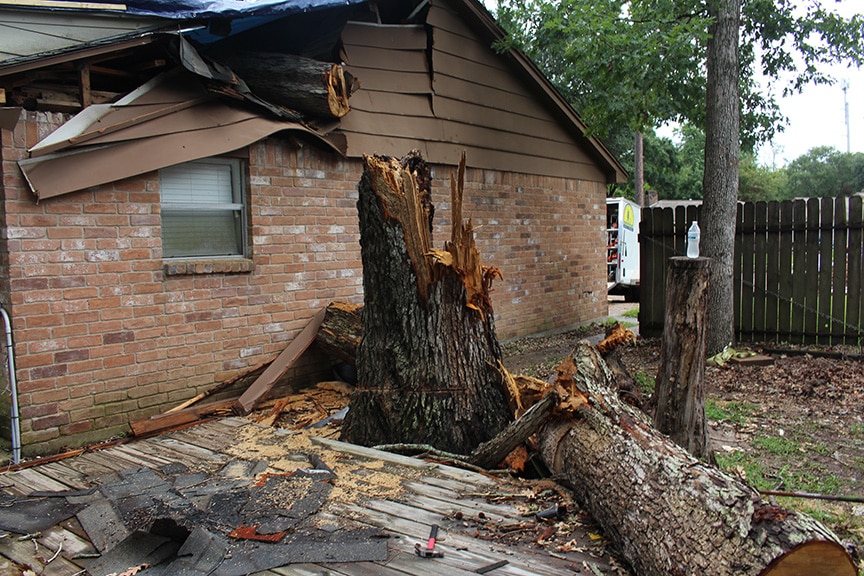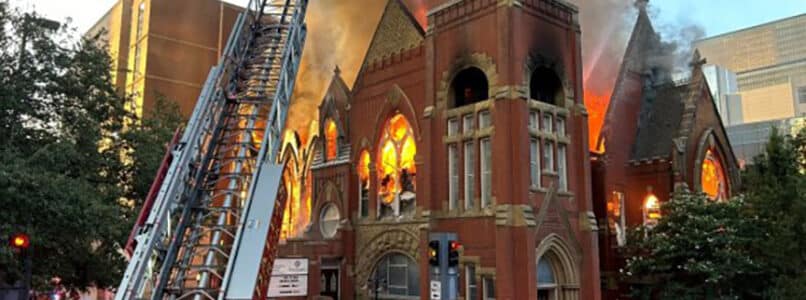FORT WORTH—The woman was in her late 80s, living on a fixed income in a modest house in rural East Texas. She wasn’t able to get on a plane and go on mission overseas, and at that stage of her life, even making the three-hour car ride to Houston to help plant a church would have been difficult.
And yet, when Southern Baptists of Texas Convention Executive Director Nathan Lorick thinks of the power of the Cooperative Program, this woman—whom he pastored more than a decade ago—comes to mind.
“She faithfully gave [through the Cooperative Program] because she desperately wanted her life to be an extension of the gospel beyond our city,” Lorick said. “Every month she scraped by and continued to give to the Cooperative Program so that … God would take [her gift] and, through a collective effort, multiply it among 47,000 churches so her life could be multiplied to advance the gospel and the mission of Christ.”
Lorick made his remarks at this year’s Southern Baptist Convention 2025 Annual Meeting kickoff luncheon, hosted by Southwestern Baptist Theological Seminary on Aug. 22. The luncheon was held in an effort to begin rallying support for next year’s meeting, which will be held in Dallas.
The theme of next June’s meeting will be “Hold Fast,” based on Hebrews 10:23-24: “Let us hold fast the confession of our hope without wavering, for He who promised is faithful. And let us consider how to stir up one another to love and good works ….”
Among the highlights of the annual meeting will be a celebration of the 100th anniversary of the Cooperative Program—the primary giving model used by Southern Baptists to advance mission in Texas and around the world. The meeting will be preceded by Crossover, an annual outreach aimed at mobilizing churches to join hands, minister, and share the gospel in cities across the area.
Lorick noted Texas has a population of 30 million people, with 19 million of those estimated to be lost and separated from Jesus Christ.
“We need a coalition of people on the streets of Dallas sharing the gospel,” Lorick said.
Bruno Molina, SBTC’s language and interfaith evangelism associate who also serves as executive director of the National Hispanic Baptist Network, said Southern Baptists have a great opportunity to put Jesus’ passion for the lost on display by participating in Crossover.
“This is where our heart is,” Molina said. “By going to the convention, people will see Cooperative Program dollars at work and be inspired to collaborate more … and to be more engaged in gospel coalition.”
All told, organizers said they anticipate needing a volunteer force of more than 700 people to serve at the annual meeting, working as ushers, registration clerks, and more. Many of those volunteers will come from the Dallas-Fort Worth Metroplex.
“Texas leaders have the greatest potential of impacting the attendance of both the annual meeting and the [pastor’s] conference,” said D.J. Horton, a South Carolina pastor who is president of the 2025 SBC Pastors’ Conference held in conjunction with the annual meeting. “ … There are pastors here in Texas who will make a decision to come because they are invited by you, and I hope you will do that because we have a gospel and a Savior who is worth following.”

